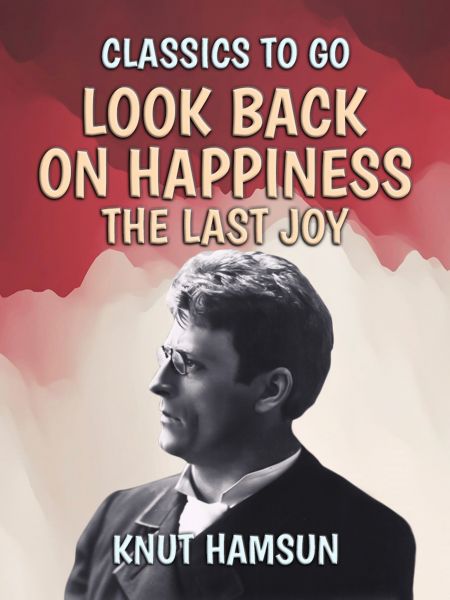Look Back On Happiness, The Last Joy
Published in Norway in 1912, The Last Joy (Den Siste Glaede) appears at an important transition point in Hamsun’s career, as he moved any from his intense observations of individual characters to focus on a broader canvas of small town and farm life social units of the Norwegian culture. If Hunger (1890) represents the epitome Hamsun’s focus on the individual, his works of the late teens and 1920s, particularly Growth of the Soil (1917) and Women at the Pump (1920) best represent the latter. The Last Joy lies somewhere between, with all the comic eccentricity of Hamsun’s great individualistic portraits and the small-town pretensions and social inter-relationships of his later works.
weniger anzeigen expand_lessVersandkostenfreie Lieferung! (eBook-Download)
Als Sofort-Download verfügbar
- Artikel-Nr.: SW9783965378247369098
- Artikelnummer SW9783965378247369098
-
Autor
Knut Hamsun
- Verlag OTB eBook publishing
- Seitenzahl 143
- Veröffentlichung 01.01.2020
- ISBN 9783965378247
- Verlag OTB eBook publishing

